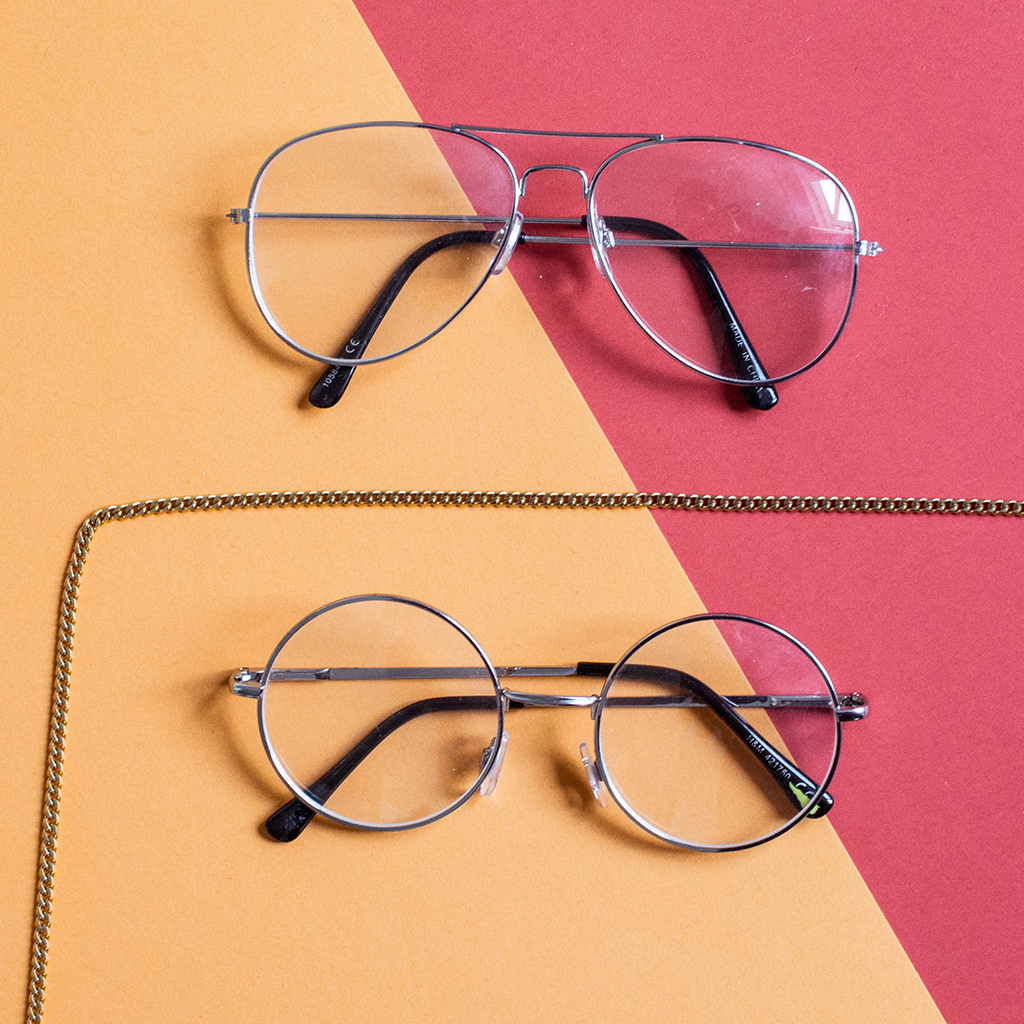Below are teachable suggestions if you are doing outreach with local eye workers
- Always take reading glasses as many eye patients in rural outreach clinics will simply need/want readers. ”I can’t see close up” was the chief complaint.
- Topical NSAIDs — ketorolac ( Acular ), diclofenac ( Voltaren ), bromfenac (Xibrom ), flurbiprofen ( Ocufen ), nepafenac ( Nevanac ), etc. are usually helpful for “ allergic conjunctivitis” which is quite common in the developing world —itchy eyes, red eyes, tearing, mild discomfort, etc. Safer than topical steroids. Take NSAID drops with you if possible cold compresses, don’t rub, NSAID drops tid prn.
- No matter how you are checking IOP, a difference of more than 3 mm is questionable and the IOP should be rechecked in both eyes. One of the readings might be incorrect. Yes, but which one? The different readings could be correct but need to recheck OU and encourage the patient not to squeeze. An IOP of over 25 probably merits having the patient come to the eye clinic for further evaluation, especially if the patient is black, elderly, diabetic, and/or has a family history of glaucoma/blindness.
- Bring several ( bright ) flashlights on outreach. Probably good to bring two direct ophthalmoscopes, especially if they need to be recharged rather than just changing the batteries.
- Use a Snellen chart having numbers or the tumbling E’s. Many patients are illiterate and can’t read letters but almost everyone can read numbers. If you can’t read numbers then you can’t count money.
- The green light (red-free light ) on the ophthalmoscope is good for looking at retinal blood vessels and appreciating small hemorrhages / IRMA’s / early neovascularization. Diabetic retinopathy should not be in just one eye. If you see retinal hemorrhages, exudates, etc. in just one eye, the problem could be a retinal vascular event ( BRVO, etc. ) rather than secondary to their diabetes. If you see changes in one eye, then go back and look again closely in the other eye ( use green light ? ).
- You can use a direct ophthalmoscope to look closely at the conjunctiva and/or the anterior chamber. It can be quite helpful. Get close to the patient’s eye and use a + 8 to +10 D setting and get the limbal vessels in focus. For the examiner, this might require a +8 or a +9 or a +10 setting. The key is to get close to the eye , use a lot of plus power ( + 9 D ? ), and get the limbus in focus.
Remember you are not trying to visualize the retina ( posterior pole ) but the anterior segment. You might have to go up or down the plus scale ( black numbers ) a little and get slightly closer or further from the patient’s eye but you can see a lot. If you wanted to view the anterior segment what would you want? Well, some illumination and some magnification. That’s what you have with the direct ophthalmoscope. You can usually appreciate posterior synechiae, pupillary ruff differences, and sometimes rubeosis but what it is great at showing is posterior subcapsular opacity ( psc ) with a dilated pupil and a red reflex. Then you can really appreciate the cataract opacity/shadow in the red reflex.In the field, sometimes a cataract doesn’t look so impressive but then looking with a dilated pupil and the direct ophthalmoscope will show the psc. The big question to ask the patient is if the vision is worst in bright light. Often yes with psc. I have used a portable slit lamp on many occasions, once doing an onchocerciasis survey in a rural rugged area of Malawi where we had to carry everything on our backs ( no roads) and walk in about a mile. This technique of using the direct ophthalmoscope compares well with a portable slit lamp for looking at the anterior segment.
Again these are pointers you can easily teach eye healthcare workers when doing outreach.

